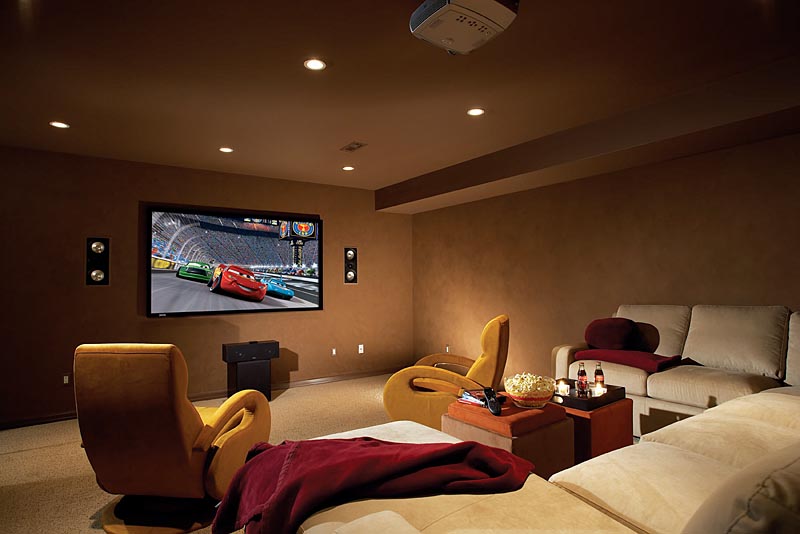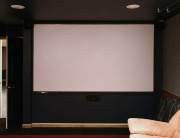The 2014 Holiday shopping season is in full swing, meaning more people are buying more gadgets to improve their living room and home theater viewing experiences. Though retailers have often used cheaply priced televisions and DVD players as proverbial bait to bring in Black Friday customers, shoppers are increasingly choosing other ways to buy and consume their content. Streaming set-top boxes, such as Apple TV or Roku, connect to your home wireless network and stream content from Amazon, HBO, Hulu, the iTunes store, Netflix, and more. For years “cord-cutters” have been turning away from cable subscriptions and physical media, opting instead for the convenience of streaming. Yet for all its advantages, streaming content leaves many consumers in the dark. Those who want the best picture and sound, for instance, aren’t best-served by these streaming solutions.
Think about it. If you’ve spent a large sum of money on the best high-definition television and audiophile-quality speakers, you’ll want to make sure they’re being put to work. Netflix, for instance, has been steadily improving their service and is now able to stream what it calls “Super HD” 1080p video, providing of course that you’re getting fast enough speeds from your Internet Service Provider. Even with high-def quality video, Netflix can’t provide you with the level of quality that comes from a Blu-Ray player and a dedicated disc. Blu-Ray discs are capable of holding 25 gigabytes of storage, (50 gigabytes if it’s a dual disc) meaning content providers need to do less compression to get it to digitally fit on the disc. Less compression means better video, and that better video can be better broadcast on your television of choice.
Then, of course, there’s the little issue of audio quality. No matter how nice of a speaker setup you’ve acquired, it can only play what it’s being told. Streaming solutions, while incredibly convenient, cannot offer the same level of sound quality as a dedicated Blu-Ray disc. Newer Blu-Rays even offer high-quality sound profiles such as Dolby TrueHD or DTSHD Master Audio. At such high-resolutions, your Blu-Ray player will be able to split this sound into channels (5.1 surround or 7.1 surround) and provide a truer and more immersive listening and viewing experience. Your streaming service may offer Dolby Surround support, but even then it will be compressed and not as true as the sound you find on physical Blu-Ray discs.
Here’s the final kicker. The best reason why those looking for the best audio and sound should steer clear of a dedicated streaming box is because Blu-Ray players offer similar functionality. Not every moment calls for a full blown, home cinema experience. If you simply want to watch something to unwind or are looking to binge watch 90’s sitcoms, Hulu and Netflix are great options, and many Blu-Ray players offer streaming support. This means Blu-Ray discs and players provide viewers with the best of both worlds; high end audio and video as well as convenience and ease of use. If you’re looking to upgrade your Blu-Ray player or are ready to invest in the total audio and video package, it’s best to work with a knowledgeable and trusted home theater installation team. They’ll show you the best products on the market and guide you as you assemble all the right pieces. And remember, the world may be going wireless, but for now physical media still holds a valuable position in the content landscape.








